Since March 2020 the world was forced into confinement by the spread of COVID-19, causing the World economy take a breather. From the point of view of international trade, the confinement generated consequences such as a reduction in the number of dockworkers, closure of logistics agencies and reduction of ships in shipping lines and therefore the shortage of truck drivers and containers.
What is causing the congestion and shortage of containers?
When asked what is causing the congestion and shortage of containers, it could be said that container availability has been affected by the following reasons:
– Reduction of ships by shipping companies and the decrease in exports from the United States to China.
– Reduction in maritime transport capacity.
– Changes in ecommerce business flows.
– Anticipated demand for reefer containers for vaccine logistics.
It is necessary to mention that, due to the pandemic, which brought with it a health and economic crisis, the lack of containers increased and generated important consequences in maritime transport.
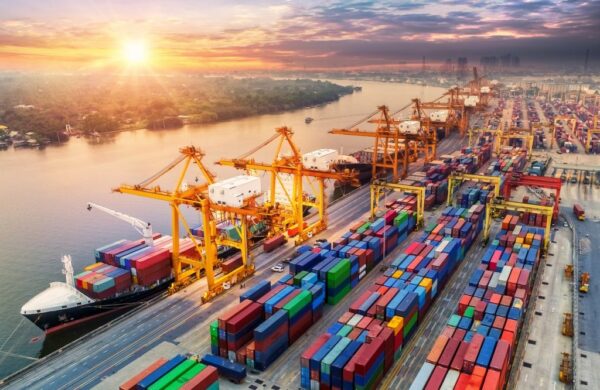
Container shortage shakes world trade
Container shortage are shaking up global trade, increasing the purchase price of new containers and leasing rates by 50 percent.
An increase in Chinese exports and strong consumer demand in the U.S. help explain the tightness, and shipping lines such as Hapag-Lloyd are struggling to reposition their 40-foot containers from less busy parts of the world.
Several researchers consider that this problem can be solved from the middle of the year 2021 onwards. However, they warn that we must wait for the effect of the vaccines, the way in which the pandemic evolves and the different measures that the world’s governments implement against COVID-19.
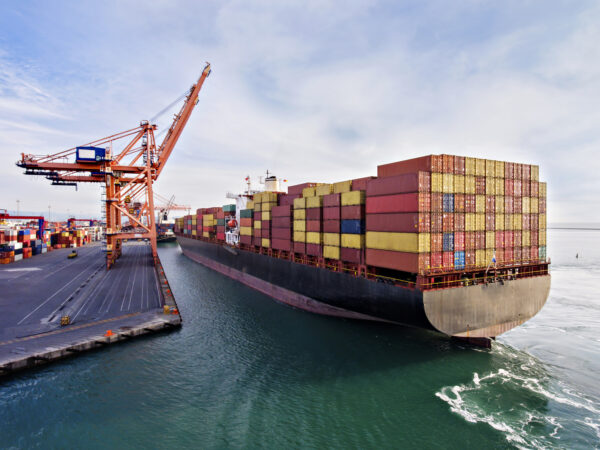
Increased rates at ports alter global logistics
The current scramble for containers has contributed to increased rates at ports that disrupt global logistics and ocean rates, particularly along trans-Pacific routes. In some cases, shipping lines have been unable to fulfill reservations due to a shortages of containers in Asia.
This shortage means that importers face longer waits for their products and may pay additional fees to insure trasnport equipment. The impact may extend beyond the flow of goods between the world’s two largest economies (China and the US).
Added to this, manufacturers say they can no longer fulfill orders for new containers, despite the fact that the price of a new 40-foot container has risen from US$1,600 to US$2,500 over the past year. Likewise, the price of shipping a 40-foot container from China to Europe is now double that of a year ago, significantly affecting medium-sized companies.
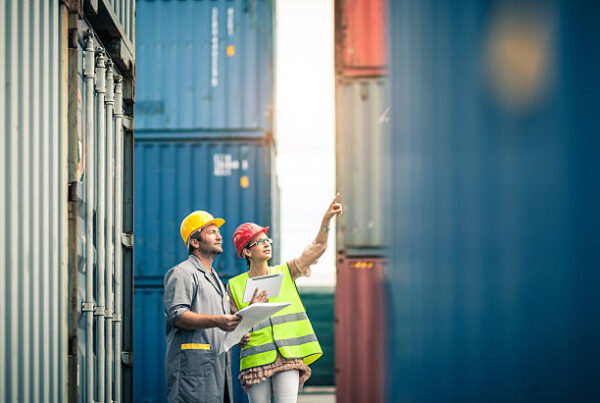


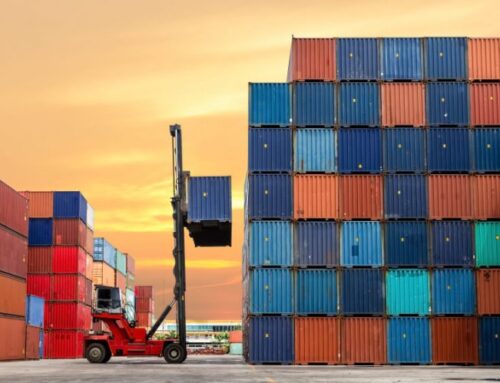

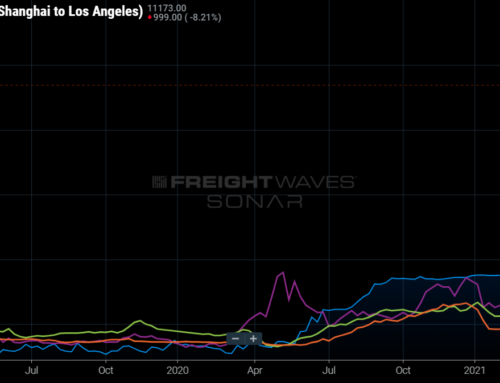
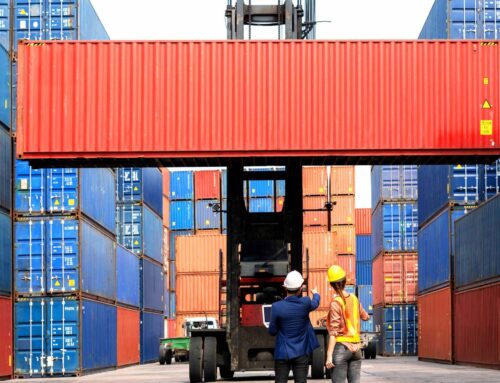
Leave A Comment